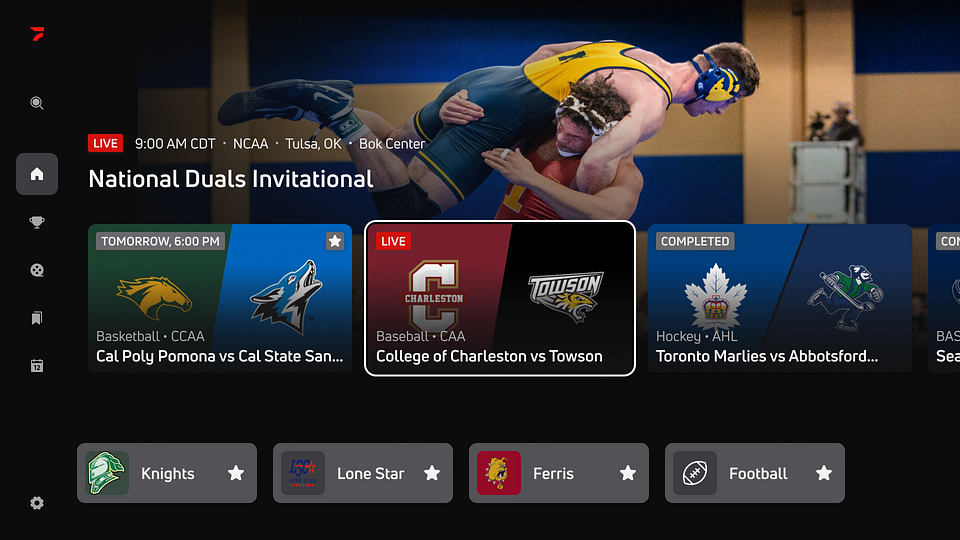While connected TV has brought many benefits of scale and new revenue streams to content owners, the arms race to support an ever-growing variety of platforms, release schedules and refresh cycle frequency is a key challenge. Mark Mayne reports on an expert panel teasing out the answers to the many questions and challenges around the Single Tech Stack.
An expert panel came together recently to discuss the ever-complex question of distribution and the journey towards a single tech stack. The panel, made up from content owners, telcos and broadcasters began by addressing what they feel are the biggest challenges in the space.
Robin Oakley, Distribution Technology Leader, Formerly DAZN led the charge: “The biggest challenge is monetisation. Why is that relevant to distribution? Well, because monetisation [encompasses how] we used to package everything up, and we’ve got a streaming video space or even a linear video experience. Now in the OTT world, you bring in technologies like server side and client side advertising to help try and monetise your audience, fast channels to monetise your audience...
You are not signed in
Only registered users can read the rest of this article.

Poacher turned gamekeeper: Netflix rules, for now
Netflix raids Hollywood to land a giant of old media, but having offered billions over the odds for ageing IP, would a smarter play have involved the creator economy?

Truth in the age of deepfakes: Building trust in the human-machine era
As deepfakes become prevalent throughout the media industry, experts at the BBC, Guardian, and ITN wrestle with the implications of today’s unprecedented levels of disinformation and distrust.

Rory Peck Awards: Truth has never needed its defenders more
This year’s Rory Peck Awards was an affirmation that press freedom is in severe danger, that it has become a vicious fight to sustain that facts matter. George Jarrett reports.

Camerimage: “The time to be afraid of AI was two years ago”
The festival of cinematography remains political with the rise of AI and gender equality bubbling beneath the surface.
.jpg)
Content Everywhere: Disruptive forces in 2025, from AI to ROI and SGAI
Looking back over 2025 to date, it’s clear that AI continues to widen its role in the Content Everywhere ecosystem, and many companies are becoming more discerning about how and where the technology should be applied to streaming and video technology. Clearly, there is still much more to come, and much more to learn, but what have recent developments taught the industry to date?




